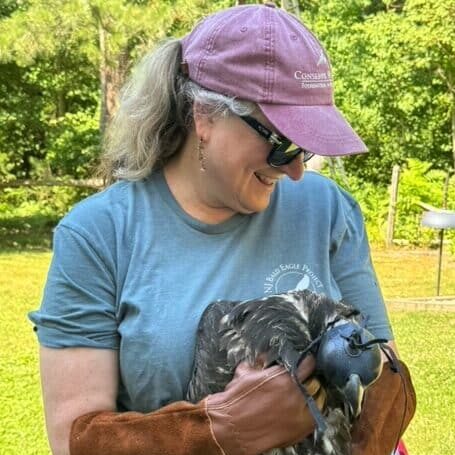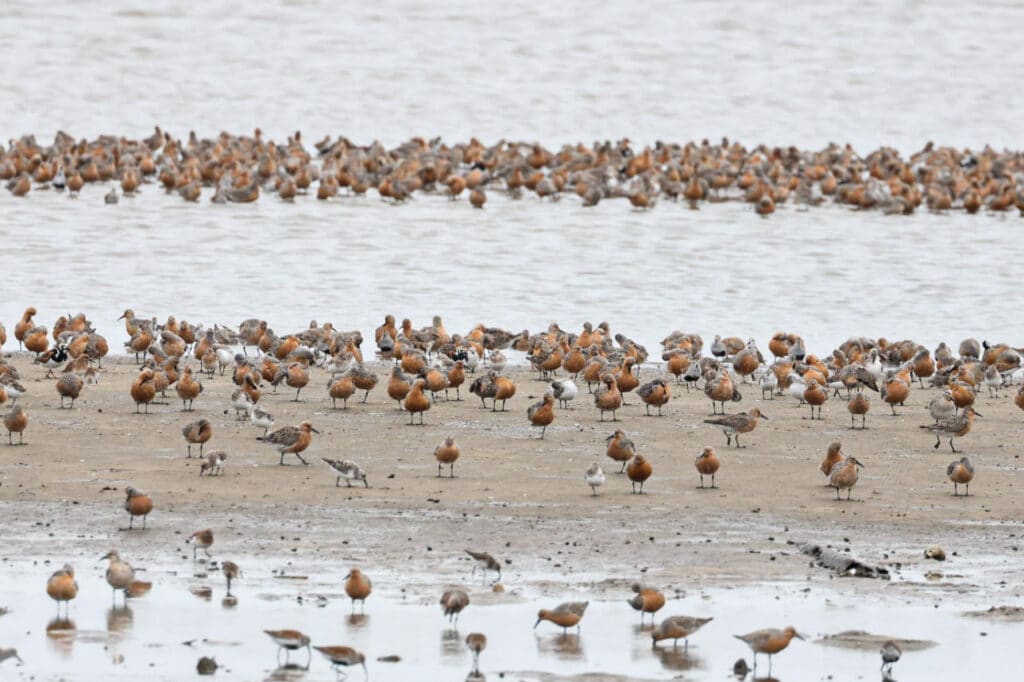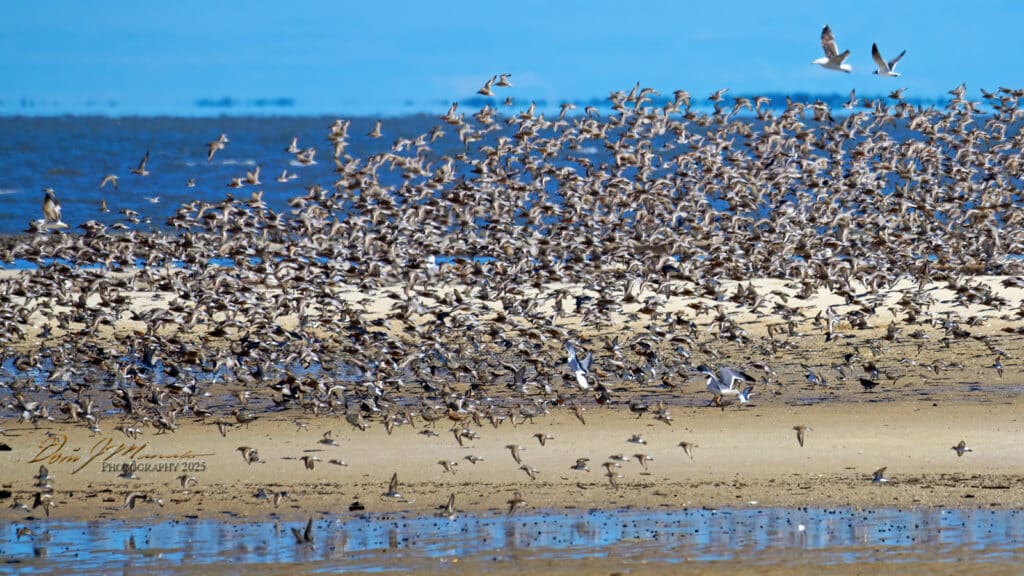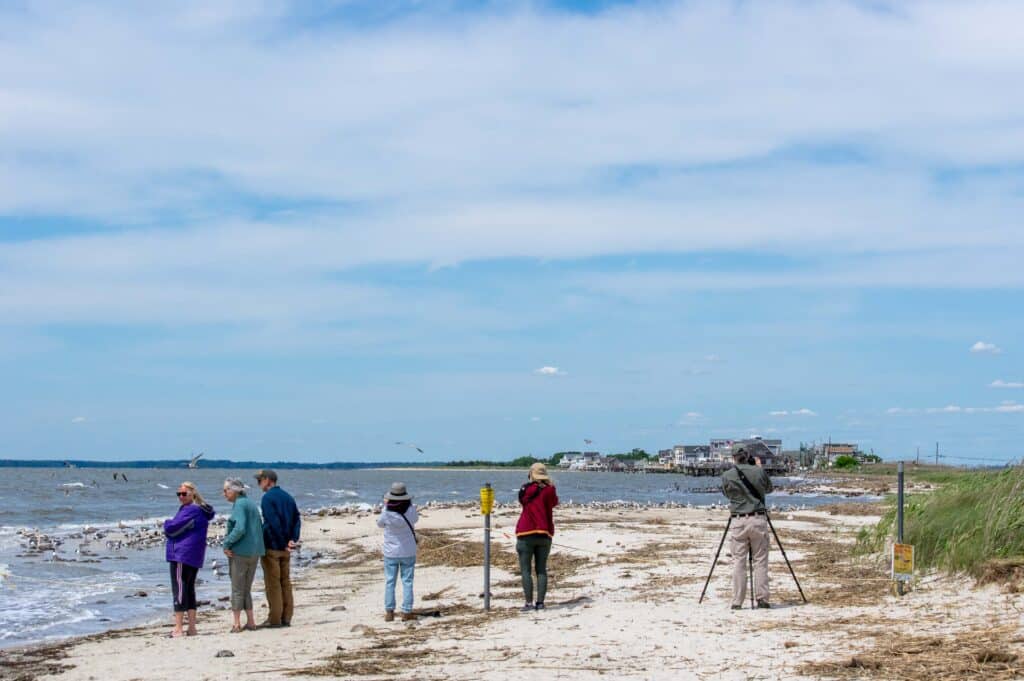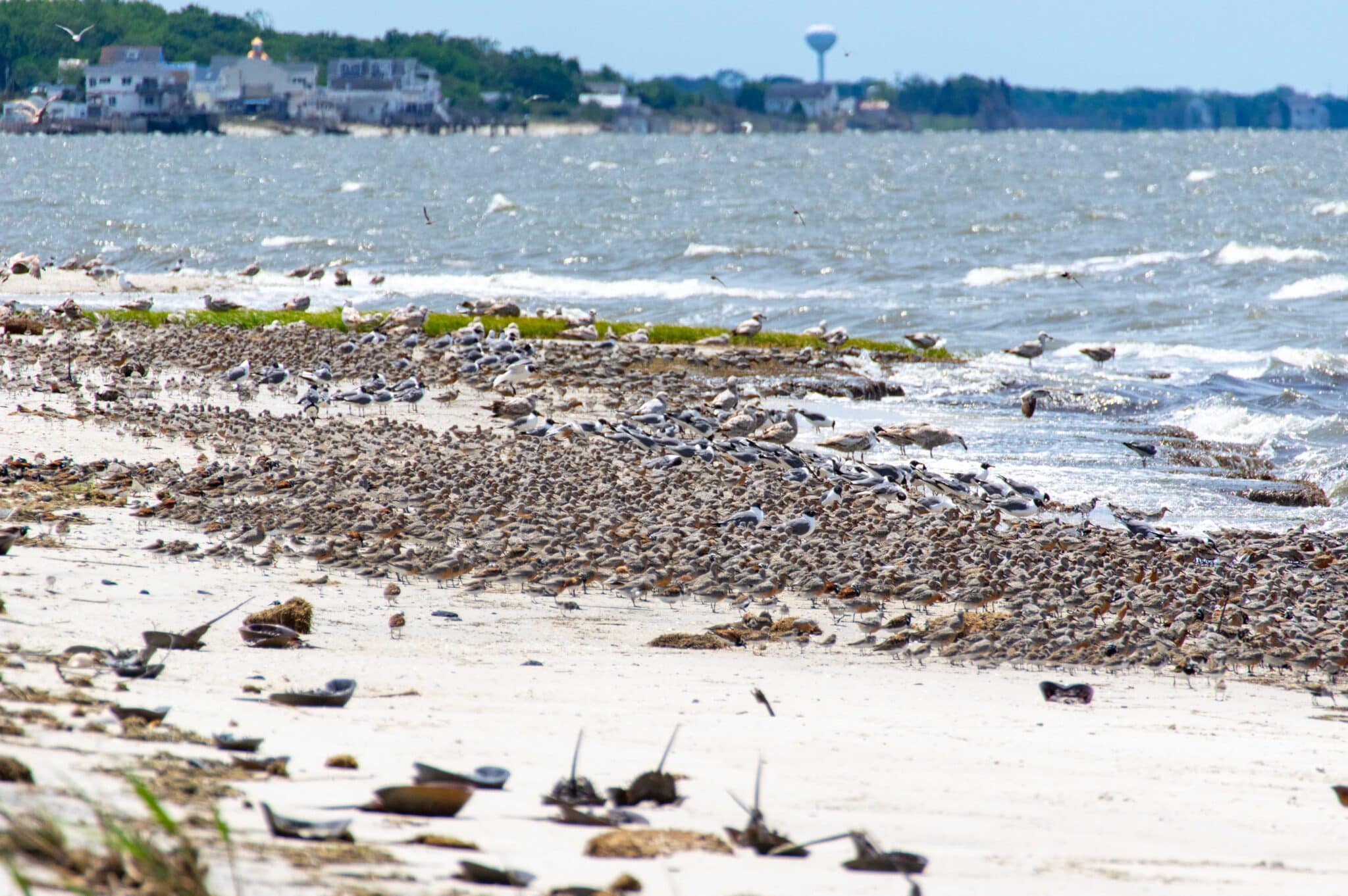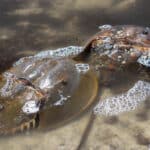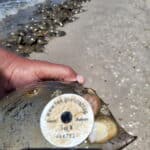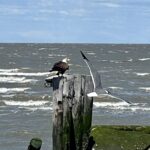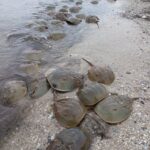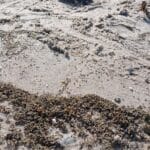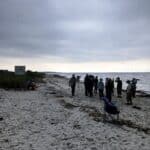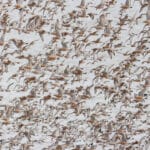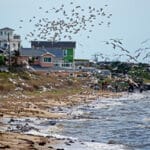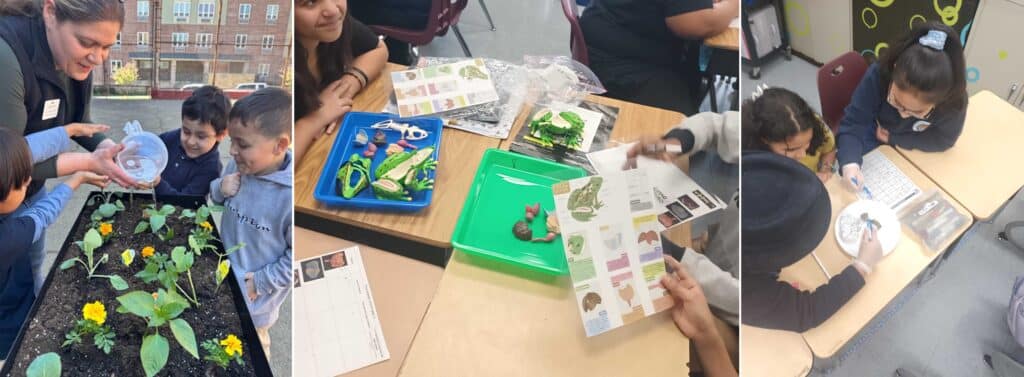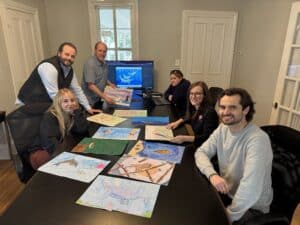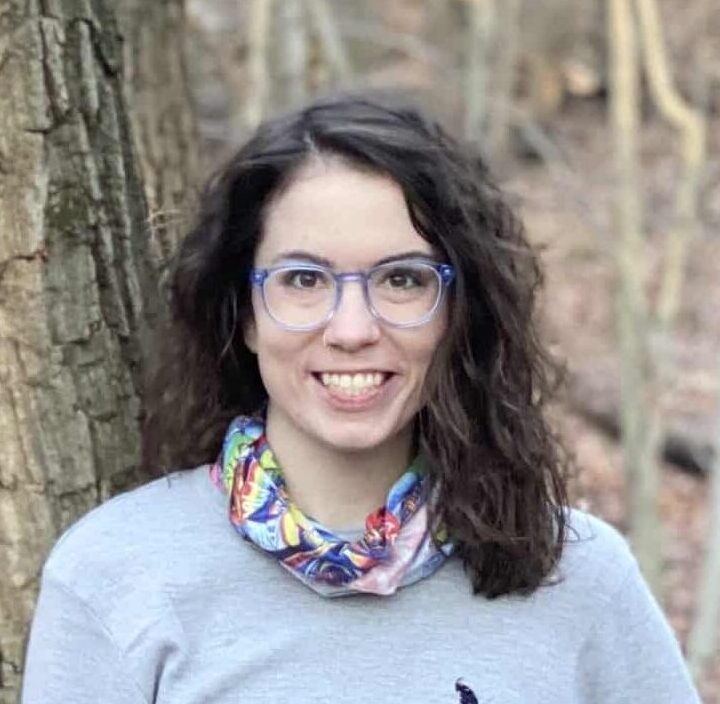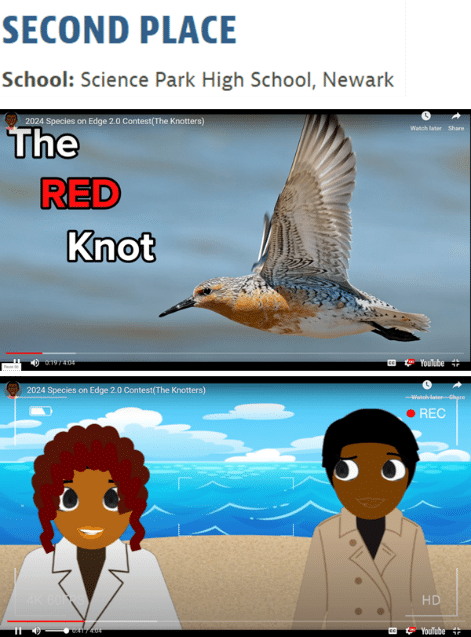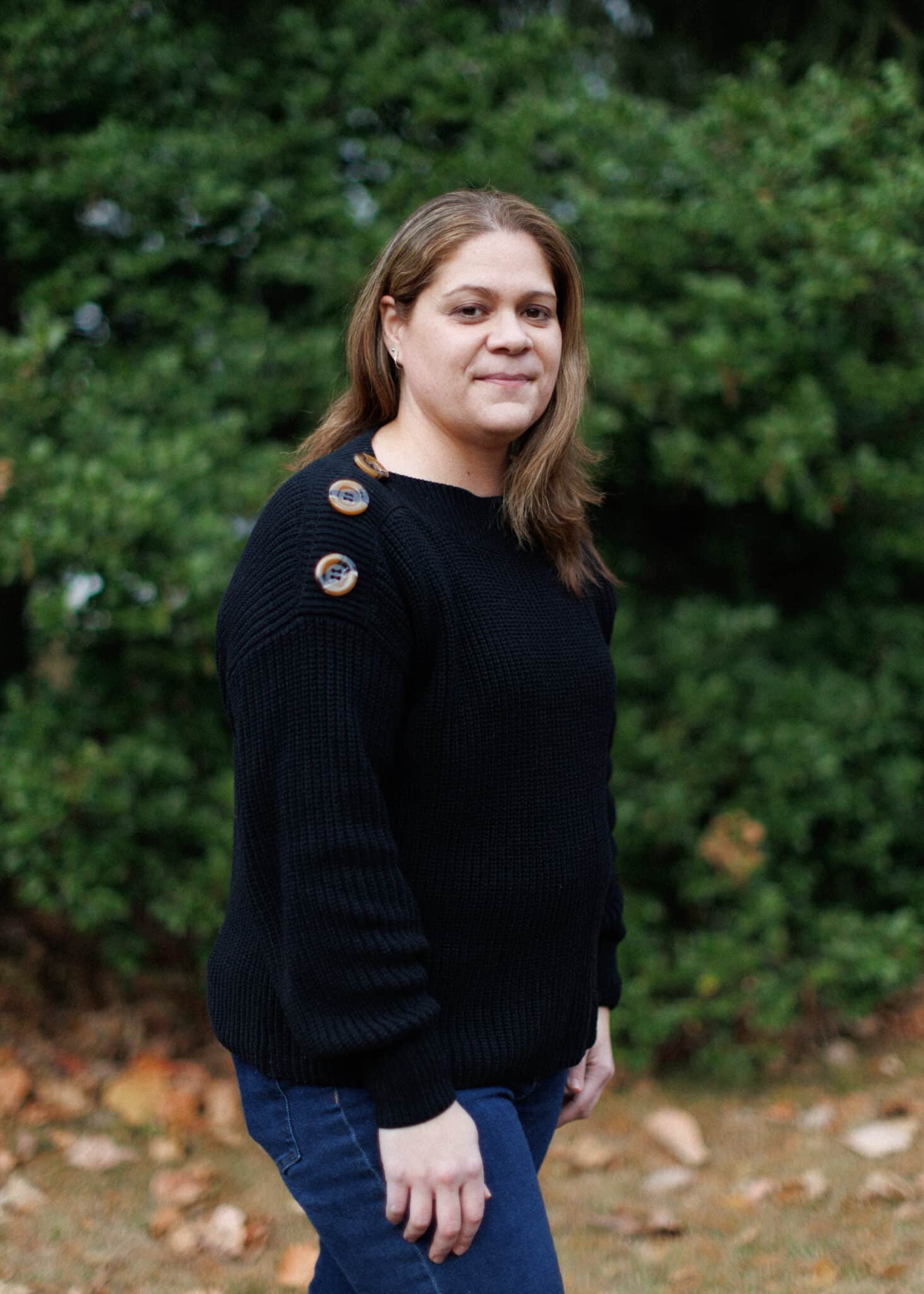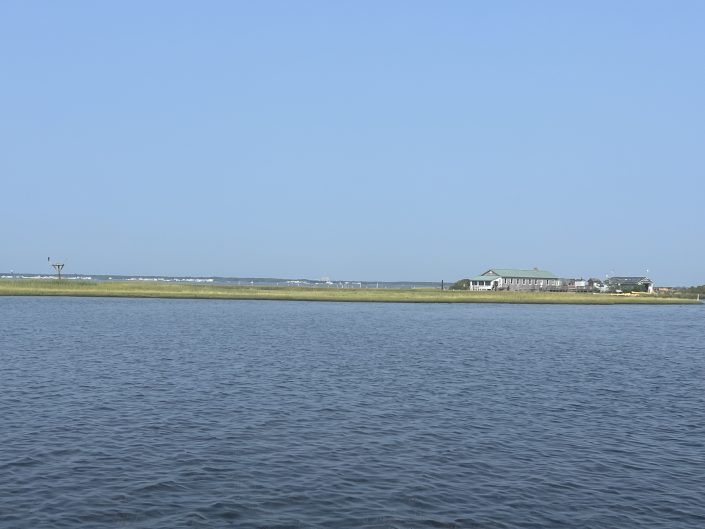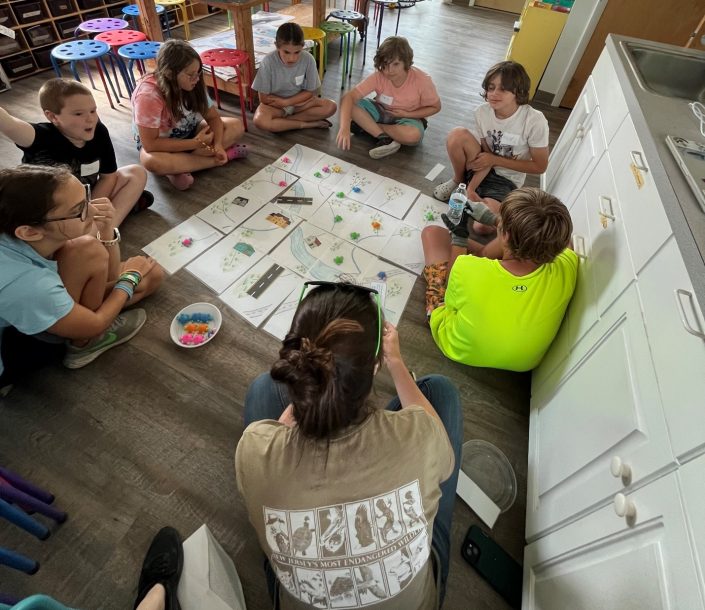At Sedge Island, Species on the Edge Art & Essay Contest Winners Have a Blast Learning About Barnegat Bay

On Monday, July 14, the first of two groups of winners of Conserve Wildlife Foundation’s 2025 ‘s Species on the Edge Art & Essay Contest had the chance to visit Sedge Island Natural Resource Education Center with New Jersey Fish and Wildlife (NJFW). These fifth-grade students and their family members were in for an exciting day full of marshland activities and hands-on wildlife education.
The morning started with a boat ride on Barnegat Bay from Island Beach State Park to Sedge Island, which is closed to the public and only accessible through NJFW programs.

After docking in front of the Sedge House, a century-old old building which once served as a duck hunting lodge, everyone was invited on a tour of the property. There, the staff told the story of Sedge Island, from its earliest history to the modern day.

Once the visitors had settled in, it was time for a kayak adventure through the marsh.

The students got to paddle through New Jersey’s unique marshland ecosystem, stopping every so often to learn from NJFW’s staff about the wildlife that surrounded them. Ospreys, American oystercatchers, and even a bald eagle made an appearance, along with a myriad of shellfish in the water below.

While kayaking, a staff member collected a male Northern diamondback terrapin. When they returned to shore, students were invited to help collect data on the terrapin, from measuring the length of the shell to counting the scutes.

After the turtle had been tagged, it was set free back into the bay.
Families were then free to enjoy the sights and sounds of the island along with their lunches before heading to the next activity: Clamming.
Off the Western shore of Sedge Island, little neck clams abound. Students were able to tread through the dirt, collecting clams as they went.

Afterwards, the students sorted the clams by size and, after learning about clamming regulations and the importance of conservation, sent the larger ones back into the bay.

The ones they did keep, though, had another purpose.
Back at the house, the group participated in a clam dissection, learning about clam anatomy and their water-filtering abilities. Then, the remaining clams were put on the grill and everyone got to enjoy the fruits of their work in the bay.

Soon, it was time to get back on the boats and return to the mainland. As they made their way across the water, the group spotted schools of fish, flocks of gulls, and a couple of rays, all coming together to create the beautiful natural harmony of the bay.
For the students and their family, it was surely a day to remember.
Thank you to our Species on the Edge Art & Essay Contest sponsors PSEG Foundation, Phillips 66 Bayway Refinery, Church & Dwight, Atlantic City Electric, and The Zoological Society of New Jersey.

